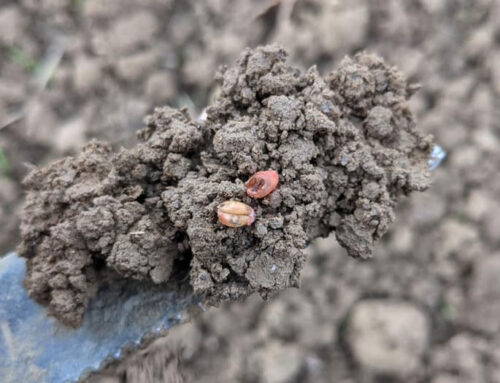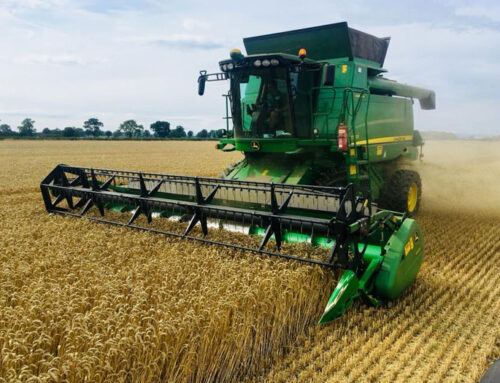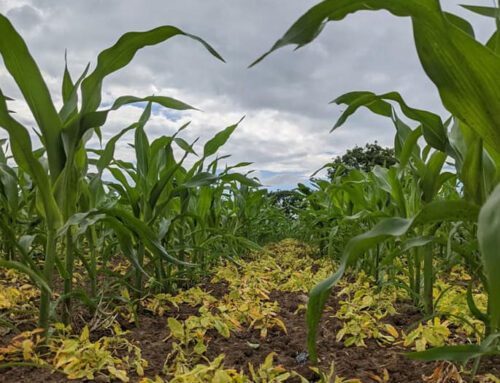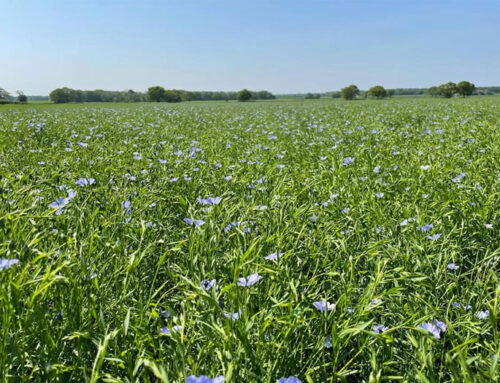And they’re off! The chequered flag has been raised and the army of fertiliser spreaders can be seen littering the fields around Yorkshire. Conversations are still happening on farm about how much nitrogen rates can be cut back to reflect the current prices, however, if the much-needed input was bought at a reasonable price then I don’t see any reason why dosages should be trimmed back. With the incredibly favourable autumn/winter crops looking full of potential and with commodity prices at an all-time high I am still in favour of pushing yields. There is however potential to lower nitrogen rates on extremely thick oilseed rape crops (following green area index measurements). These big forward crops will have some nitrogen trimmed off them but with potential end prices of £700+/tonne reductions are not likely to be much. Late sown wheats following roots where yield potential is reduced may also undergo a dietary cut but again nothing too drastic.
I write this while currently sitting in a fantastic pod on a very good friend of mine’s farm in Tynley, Northumberland. With a rest weekend from sprinting around the rugby field I chose to take a trip up north, while here it gives me chance to see how crops look just a little further north. It wasn’t the crops however that first drew my attention upon arrival, it was the sheer mass destruction of woodland that has been left in the wake of last month’s storms. Centuries of woodland were completely uprooted.
At the rate oilseed rape crops are growing final nitrogen doses will be going on in the next 10 days mainly to ensure crop height doesn’t affect prill spread pattern. First spring fungicides have all now been applied while crop size has determined product choice and active ingredient rate. With very little disease present within crops, this application has mainly been to target plant growth regulation.
Forward winter barley crops have all been prescribed an early PGR dose based around trinexapac and chlormequat. Any grass or broad-leaved weeds have also been targeted in this first pass, along with a dash of manganese to help keep the crop in good health. T1 fungicides are being planned and will look to be going on towards the end of this month into early April. Mildew levels in lush crops are still bubbling away while Rhynchosporium can be visible on older leaves, so these 2 diseases will be the main target for the T1 mix.
Winter wheats are starting to show signs of movement as well with the earliest sown crops awakening from their winter hibernation. I have given the thumbs up for any spring grassweed herbicides to start being applied. I must stress however that autumn pre/post-emergence herbicides have worked well, and I have many crops where there is little or no need for a follow-up treatment. Any varieties with a low yellow rust rating will get an azoxystrobin partner as a T0. Tebuconazole will be my preferred option for active yellow rust however tank mix issues will restrict this where SU graminicides are being applied.
The continued run of favourable weather has meant that the spring cereal drilling campaign is off to a good start with seedbeds being near perfect. Intermittent showers will aid performance on any pre-emergence herbicides that have been applied. I generally only apply these in high weed burden areas or early March sown crops.
Winter linseed crops became the new favourite on the woodpigeon buffet; however, the majority are now starting to bounce back and with rapid growth will allow focus to switch on to tidying up any broad-leaved weeds that have escaped the autumn pre-emergence sprays.
Winter bean crops yet again shadow grandparents easing themselves out of the living room chair and continue to move slowly. As with many autumn sown crops the pre-emergence herbicides have worked well with only a few cleaver patches and spring graminicide sprays to be added to the job card.




